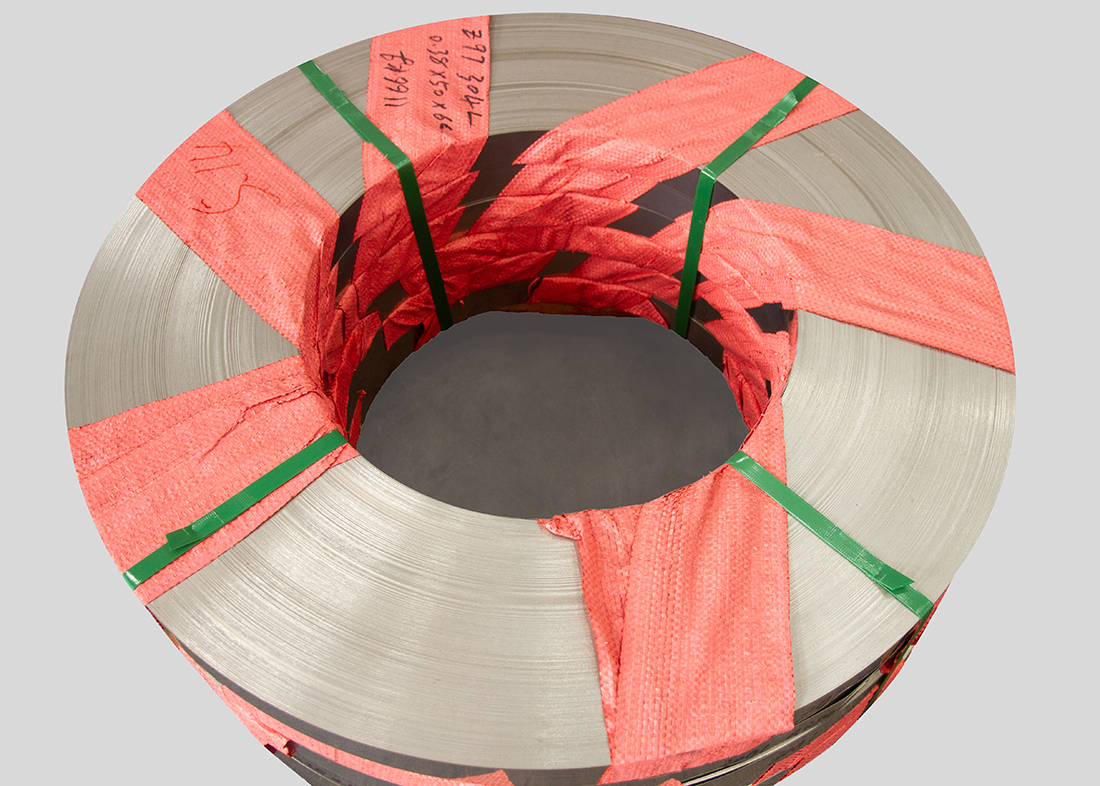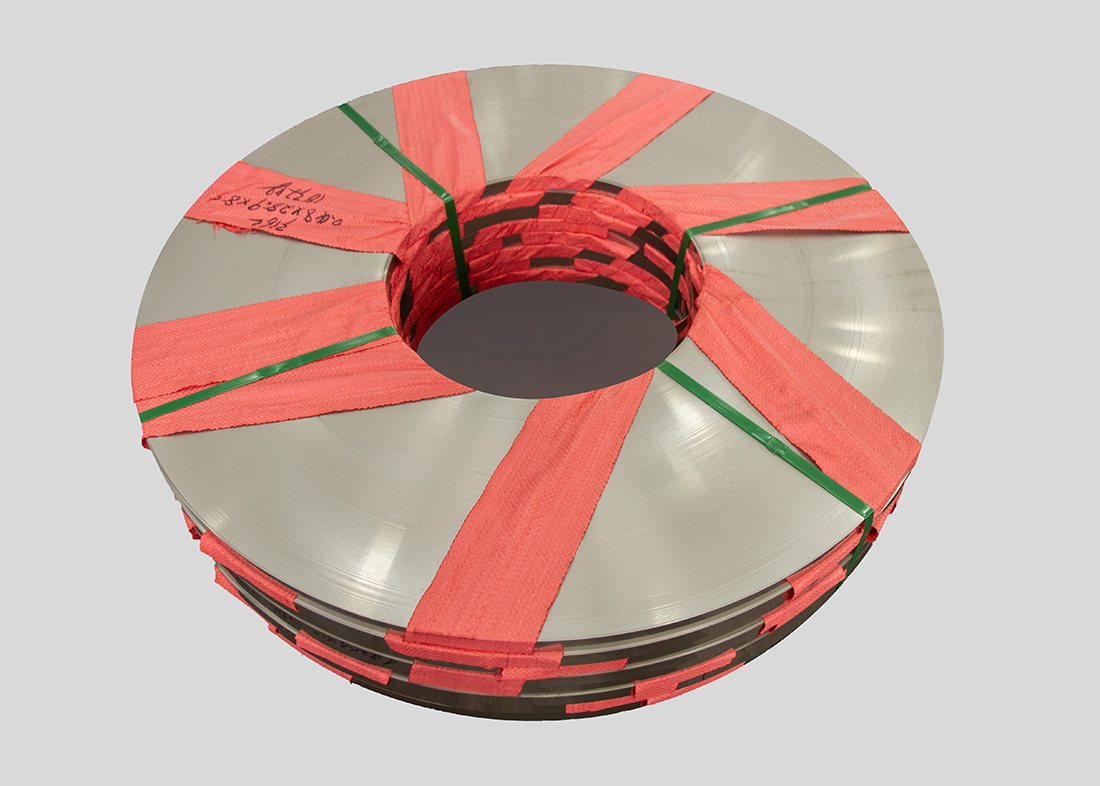
Why are stainless steel coils used in oil and gas pipelines
source:www.novoreg.cn | Release time:2025年07月02日1、 Strong corrosion resistance and adaptability to complex media environments
Corrosiveness of oil and gas media: Oil and gas often contain corrosive substances such as hydrogen sulfide (H ? S), carbon dioxide (CO ?), water, and chlorides. Ordinary steel is easily corroded, leading to pipeline leaks and ruptures. Stainless steel coils (such as 316L, 2205 duplex stainless steel, etc.) have strong corrosion resistance and can resist the erosion of such media, extending the service life of pipelines.
Soil and external environmental influences: When pipelines are buried underground, moisture, electrolytes, microorganisms, and other substances in the soil can cause electrochemical corrosion to the pipelines. The passivation film of stainless steel can effectively block external corrosive media and reduce pipeline maintenance costs.
2、 Excellent strength and toughness, ensuring safe transportation
High pressure transportation requirements: Long distance transportation of oil and gas usually requires a high-pressure environment. Stainless steel coil pipes have high tensile and compressive strength (such as 304 stainless steel tensile strength ≥ 515MPa), which can withstand the internal pressure during transportation and avoid pipeline rupture.
Impact and fatigue resistance: Stainless steel has good toughness and is not easily broken under external impacts such as earthquakes and soil settlement. It can also resist vibration fatigue caused by oil and gas flow, reducing the risk of leakage.
3、 Stable resistance to high and low temperatures
High temperature transportation scenario: Some oil and gas fields extract crude oil at high temperatures (such as heavy oil extraction temperatures reaching over 100 ℃), and stainless steel coils can still maintain their mechanical properties at high temperatures to avoid pipeline softening due to overheating.
Low temperature adaptability: In low-temperature scenarios such as natural gas liquefaction (LNG) transportation, stainless steel (such as 304L, 316L) has good low-temperature toughness and can maintain strength at -196 ℃ to prevent pipeline brittleness.
4、 Smooth inner wall reduces conveying resistance and pollution
Reduce fluid resistance: Stainless steel pipes have smooth inner walls with low roughness (surface roughness Ra ≤ 0.8 μ m), low frictional resistance during oil and gas flow, which can reduce pumping energy consumption and improve conveying efficiency.
Avoiding medium pollution: Stainless steel material is not prone to chemical reactions with components in oil and gas, and its surface is not easy to scale or breed microorganisms. It can maintain the purity of the conveying medium, especially suitable for high-quality transportation needs such as finished oil and natural gas.
5、 Long service life and low overall cost
Reduce maintenance and replacement frequency: Although the initial procurement cost of stainless steel coils is higher than that of ordinary carbon steel, due to their corrosion resistance and strength advantages, the service life of pipelines can reach more than 50 years (ordinary carbon steel is about 20-30 years), which can reduce replacement and maintenance costs in the long run.
Adapting to special engineering requirements: In scenarios such as deep-sea oil and gas transportation and high-altitude complex terrain, the corrosion resistance and mechanical properties of stainless steel pipelines can better meet stringent requirements, avoiding pipeline failure caused by environmental factors.
【Related articles】
【Related products】
+
 WeChat ID:www.novoreg.cn
WeChat ID:www.novoreg.cn

 WeChat ID:www.novoreg.cn
WeChat ID:www.novoreg.cn








 Add WeChat
Add WeChat
 Contact us
Contact us
 The phone
The phone